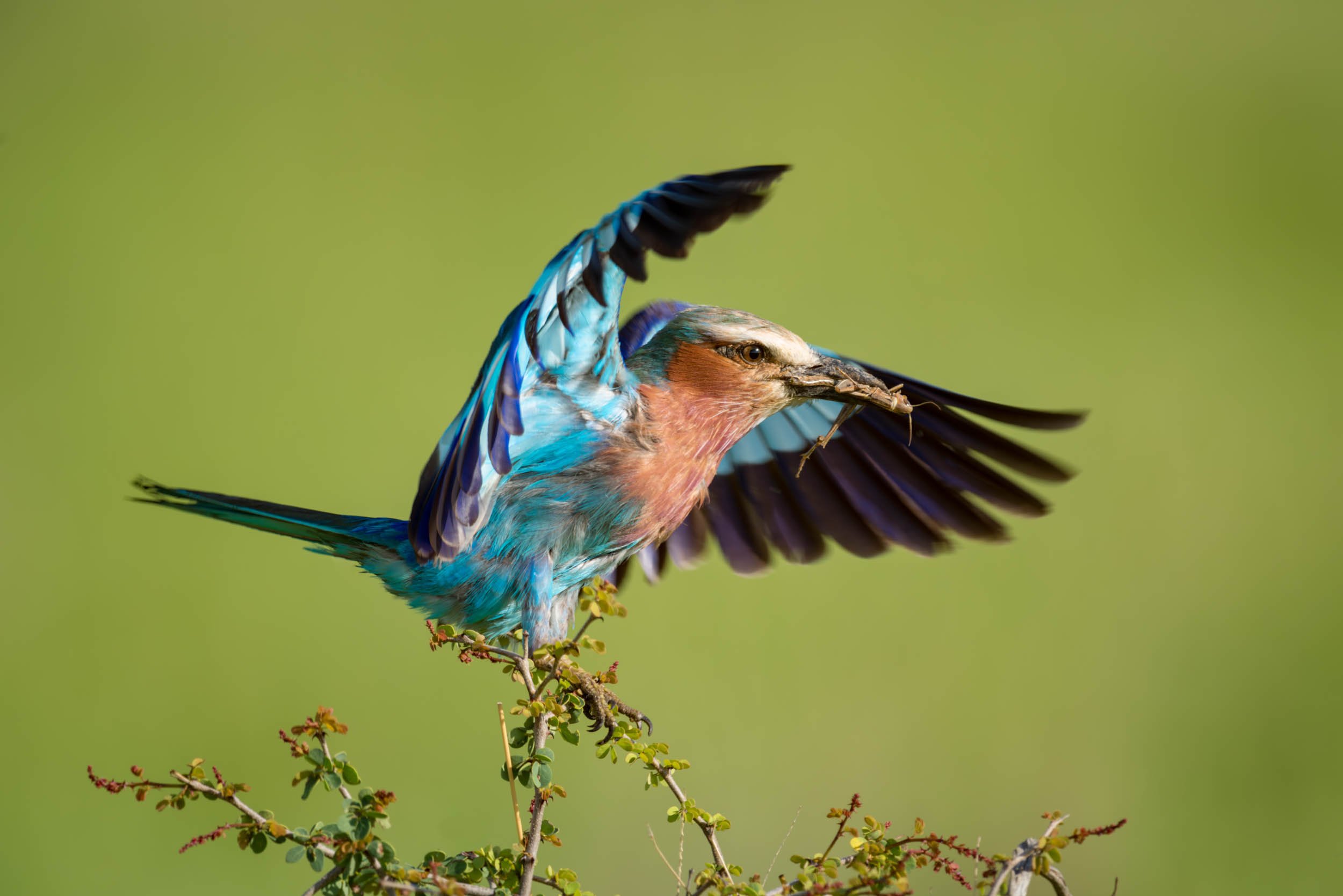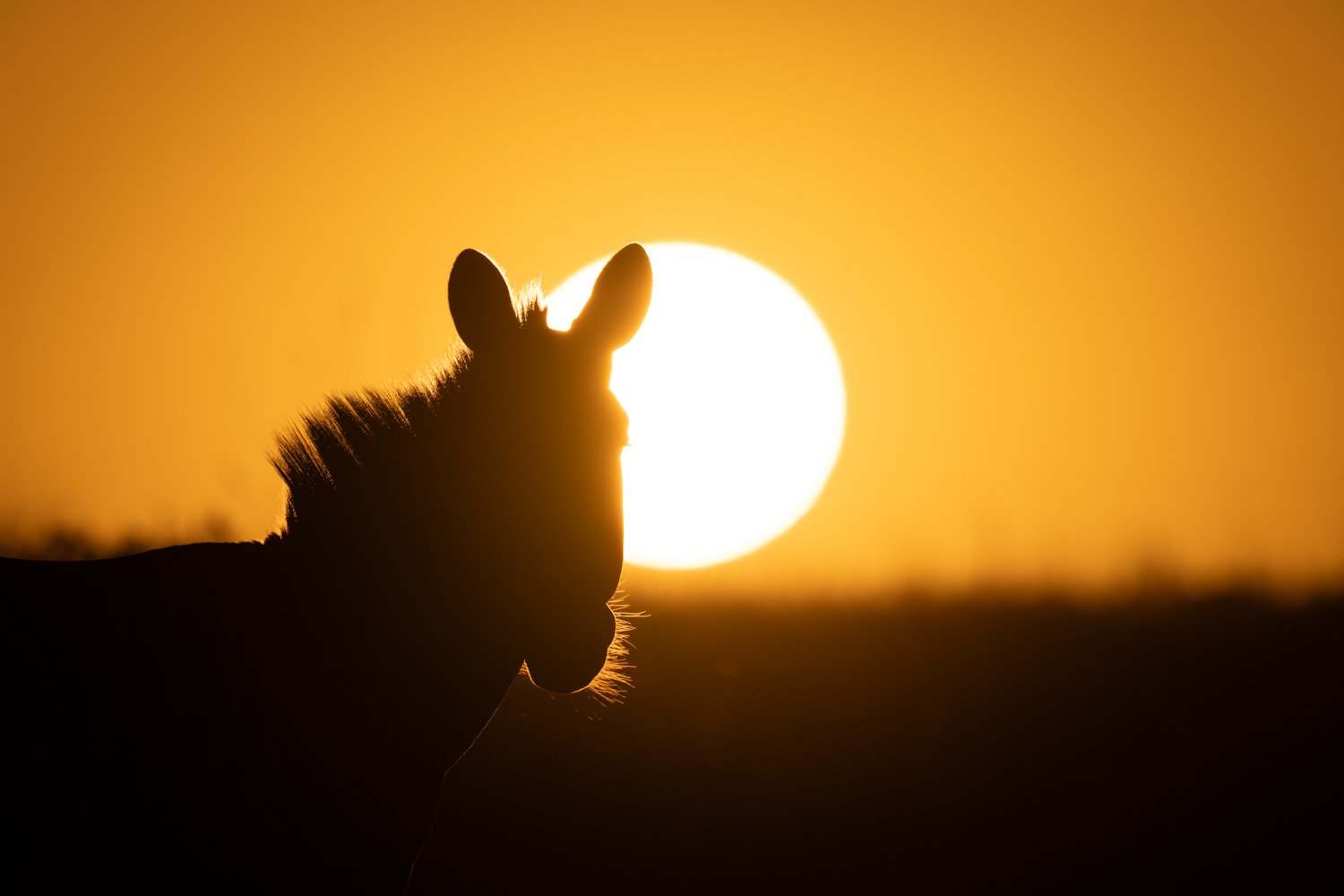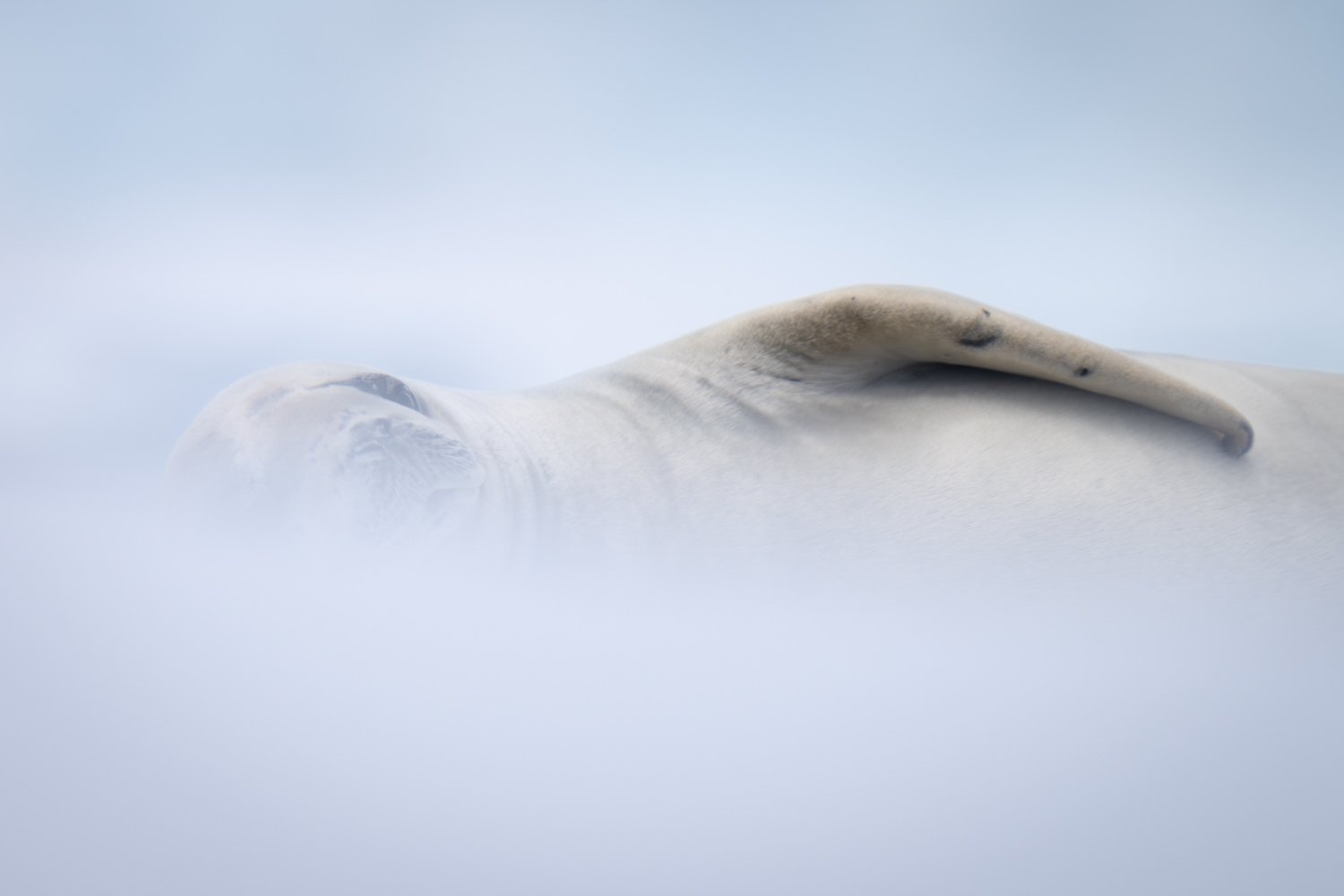Capture the Moment!
Since 2013, I’ve published hundreds of blog posts on all aspects of photography. Some are aimed at helping photographers with their technique, settings, and equipment, but others describe my exhibitions, workshops, and adventures in Africa, Antarctica, and beyond.
Feel free to browse chronologically or click on the category heading above any post for specific content, such as Equipment, Trips or Hints and Tips.
If you’d like to write a guest post, please drop me a line at nick@nickdalephotography.com or on +44 7942 800921.

How Best to Change Your Depth of Field
Which would give you a shallower depth of field: a 400mm lens at f/2.8 or a 600mm lens at f/4? It’s actually the 600mm lens at f/4. Surprised? Well, let’s hope you didn’t go out and buy the 400mm rather than the 600mm lens for better bokeh!

How to Improve Your Backgrounds
By definition, the background isn’t supposed to be as important as the subject, right? Well, that may be true, but the real point should be that you usually have far more control over the background than the wildlife! Here’s a pick-and-mix list of things you can do to improve your backgrounds—either by removing something negative or adding something positive.

Blur the Foreground With 'Look-overs'
Wildlife photographer Andy Rouse is a big fan of doing ‘look-throughs’—pointing his camera through a hole in the foliage to create a blurred foreground.
In Africa and the polar regions, you don’t get many chances to do that, so I prefer the ‘look-over’. This involves filling the bottom third of the frame with a blurred foreground.
